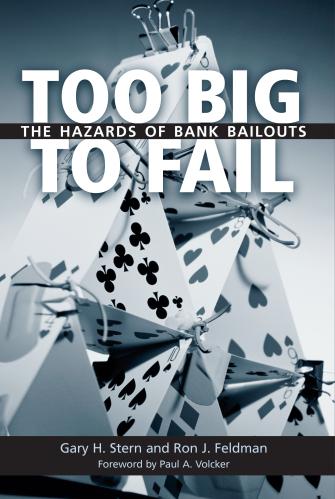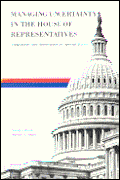Studies in this week’s Hutchins Roundup find that lack of preparedness has little effect on achievement for affirmative action beneficiaries, state opioid policies reduce opioid sales, but don’t affect mortality or socioeconomic outcomes, and more.
Want to receive the Hutchins Roundup as an email? Sign up here to get it in your inbox every Thursday.
Lack of preparedness has little effect on achievement for affirmative action beneficiaries
The educational mismatch hypothesis, often cited in arguments against affirmative action for college, argues that students may have worse outcomes if they attend schools for which they are unprepared. Joshua Angrist, Parag Parthak, and Román Zárate of MIT challenge that view, using data from selective Chicago public schools that set lower entrance exam thresholds for applicants from low-income neighborhoods than for others. Comparing students with scores just above and below the entrance cutoffs, they find that attending a selective school has no effect on reading scores, and leads to lower math scores. But the results are similar for students with different levels of preparedness and for more and less selective schools, offering little support for the mismatch hypothesis. The authors argue that affirmative action in Chicago may harm students by diverting them from high-quality charter schools where they would have done well.
State opioid policies reduce opioid sales, but don’t improve mortality or socioeconomic outcomes
In response to the opioid epidemic, many states have implemented prescription drug monitoring programs—databases that track prescriptions—and ‘pill mill’ laws that require high-volume opioid prescribers to undergo inspections and training. Robert Kaestner of the University of Chicago and Engy Ziedan of Tulane University find that monitoring programs reduced opioid sales by 5% to 10% and pill mill laws reduced them by 10% to 20%. However, these policies didn’t significantly reduce mortality or affect socioeconomic outcomes like employment, wages, and marriage rates. The authors conclude that these laws have had few societal benefits, likely because the proportion of the population that misuses prescribed opioids is relatively small. They also find little evidence that these laws have had adverse effects on well-being, suggesting that physicians are continuing to prescribe opioids when appropriate.
Public intervention during the financial crisis may have lasting consequences
Since 2007, global governments have provided banks with cash and guarantees amounting to $3.5 trillion. Using bank-level data on government intervention in 1,114 financial institutions across 37 economies, Deniz Igan of the International Monetary Fund and coauthors find that, as of the end of 2017, only a few countries had fully divested their holdings. Governments had divested holdings in better capitalized and more profitable banks but continued to hold stakes in weaker banks. The authors find that countries where the government stake remains high relative to the initial intervention display slower private investment and credit growth as well as a deterioration in financial competition and stability. Government intervention may have distorted the financial market, resulting in resource misallocation with possible lasting effects on productivity, competition, and growth, they argue. However, a silver lining is that governments profited from the intervention on average, earning more from dividends and fees than interest paid on debt used to finance interventions.
Chart of the week: Half of US Treasury’s tariff revenues now come from China

Quote of the week:
“One of the headwinds…right out of the gate was this uncertainty about trade policy, how it would develop. There were considerable uncertainties around fiscal issues, whether Brexit would come forward, geopolitical risks more generally, and then of course these trade policies. Trade policy uncertainties have ebbed and flowed. They go from being sort of in the background—and my contacts tell me that they’re still executing on their Plan As, but they’ve got their Plan Bs at the ready too—when they were at their worst, most disruptive in terms of uncertainty, then they were thinking that they needed to brush off their Plan Bs or pause marginal projects. That had settled down. When we took the [quarter-percentage-] point cut last week, trade uncertainties looked like they were settling,” says Mary Daly, president of the Federal Reserve Bank of San Francisco
“Now they’ve reemerged, but we’ve been in this position before. And my contacts are again saying, well, OK, the way we’re approaching this is we don’t still know what the outcomes are going to be, but what we do know is that we are executing on our Plan As […] And I think that’s contributing to the business investment slowdown we’ve been seeing, and we are likely to continue to see slow business investment because people are only doing the Plan As that are necessary for their ongoing growth.”
The Brookings Institution is committed to quality, independence, and impact.
We are supported by a diverse array of funders. In line with our values and policies, each Brookings publication represents the sole views of its author(s).











Commentary
Hutchins Roundup: Achievement of affirmative action beneficiaries, state opioid policies, and more
August 8, 2019